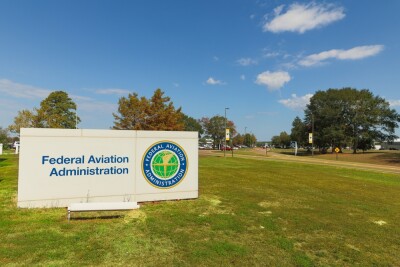By now, many UAV enthusiasts have probably read or heard about the mysterious nighttime drone sightings in Colorado and Nebraska. There have been at least 17 reports of drone swarms flying at night, often reported to be flying in grid-like patterns, yet no one has come forward to claim responsibility. State police, the FAA, numerous military divisions, and even the FBI seem to have no idea who is flying these drones or why.
Theories of their origins range from testing out new drone hardware, practicing for drone shows, and drone mapping to military counter drone testing and surveillance of missile silos. No matter what the outcome, the lack of transparency and/or responsibility from operators—whatever they are doing and whoever they are—is seriously disconcerting for the drone industry at large.
When national news outlets like the NBC's The Today Show, The New York Times, and CBS report on events, they can stoke the public’s pre-existing anxieties and fears about not knowing what these drones are up to and who is controlling them. Whether or not these flights are illegal—even if they are not breaking any Colorado or Nebraska laws, they may still be in violation of FAA regulations—the court of public opinion is what should concern the industry.
The use of drones and autonomous systems for weapons or surveillance is still at the front of the public’s imagination, and for good reason: historically, it has been what has earned the most national and international attention. For all the good that drones are doing and have the potential to do, these efforts rarely get the same amount of press and attention that unexplained or clandestine drone operations do.
“It’s kind of just scary,” reported Chelsea Arnold to NBC news, a Colorado resident who ended up chasing a cluster of drones that flew over her partner’s property. “It’s more unnerving than anything.”
Public opinions like these are being broadcast nationally, and these incidents, serious or not, may end up impacting the aspiration of the commercial drone industry as a result. To borrow a statement made by Travis Mason, Airbus VP of Public Policy and Government Affairs, at Commercial UAV Expo 2019. “We are seriously underestimating how long it will take to gain public acceptance.”
Commercial UAV News has talked to experts throughout the UAV market about public perception and combating negative press. Many experts agree that the best way to address anxiety and fear is through transparency and communication with the public about intended drone operations. This has helped many public safety and emergency services and DOTs gain support for their programs.
Whether the operations being conducted over Colorado and Nebraska are being undertaken by a governmental agency, by a private company, or by members of the commercial drone community, it seems clear that the operators of these drones do not share in this philosophy. Regardless, these kinds of large-scale events are garnering negative attention on the industry and will undoubtedly have an effect on the development of future commercial projects.
Whoever we discover is behind this incident, it is important that we, as an industry, renew our commitment to sharing with the pubic the value that drones have to offer as well as our successes in whatever way we can.
















Comments